VIETNAM —Timeless Charm
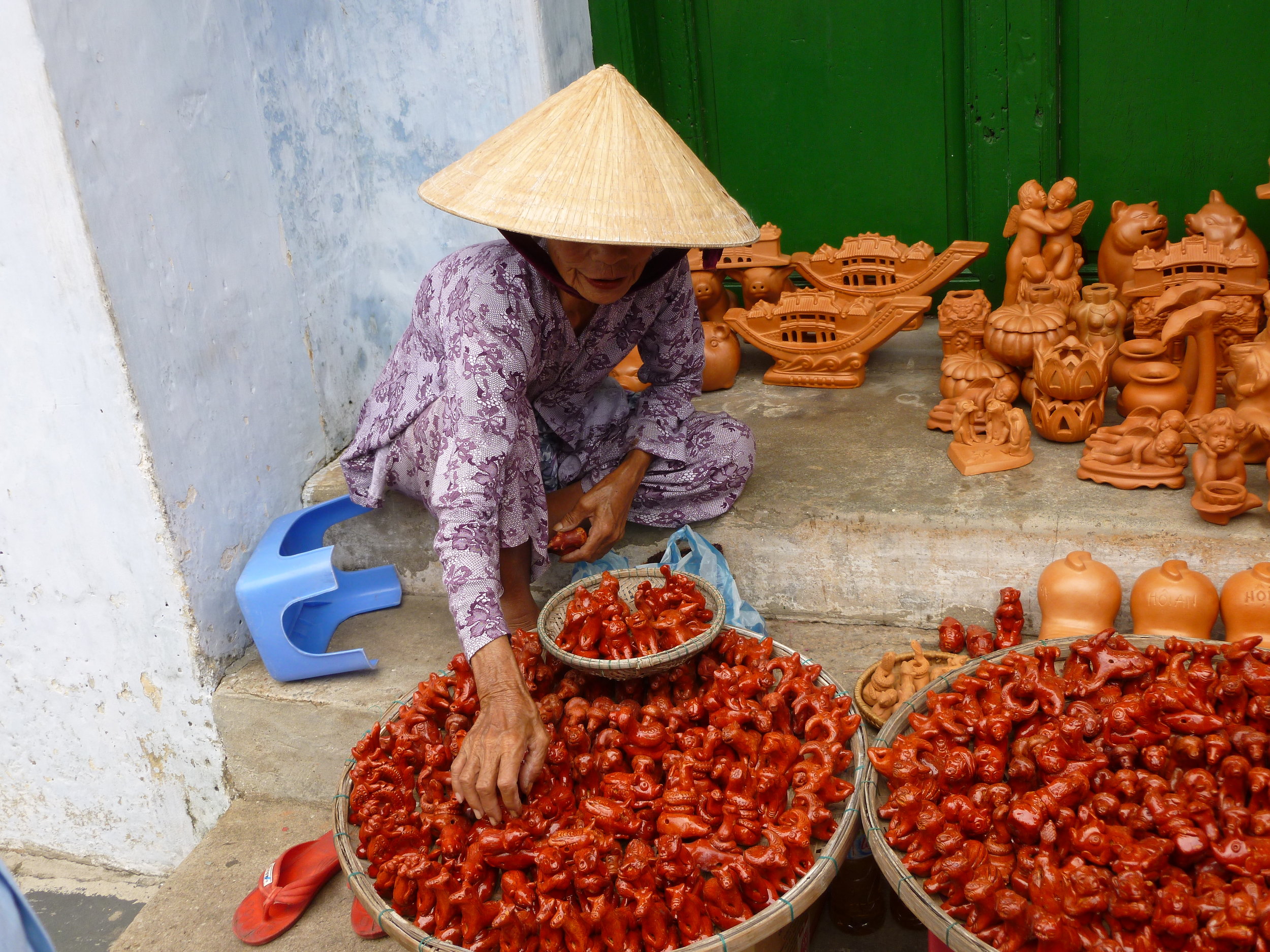
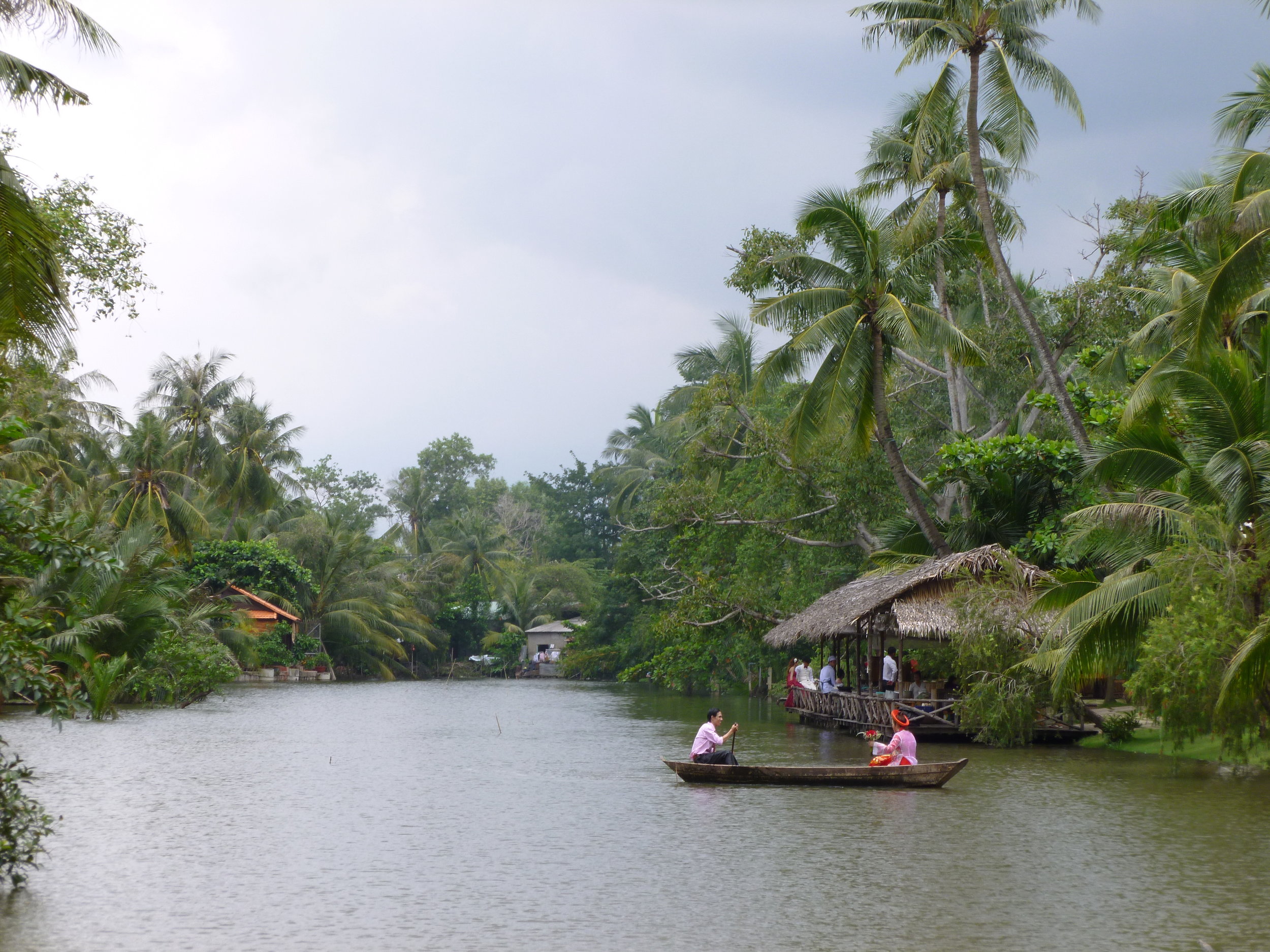
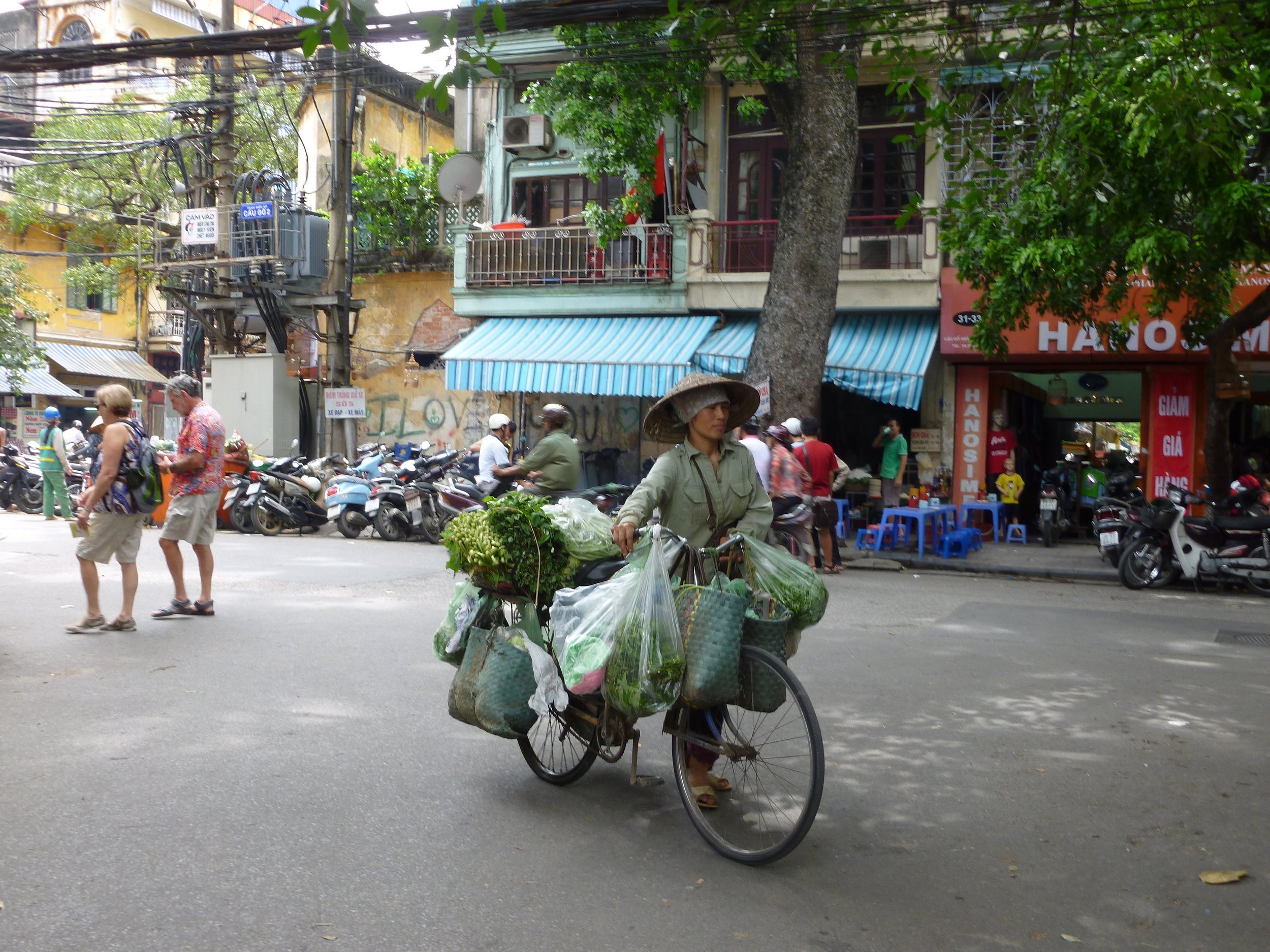
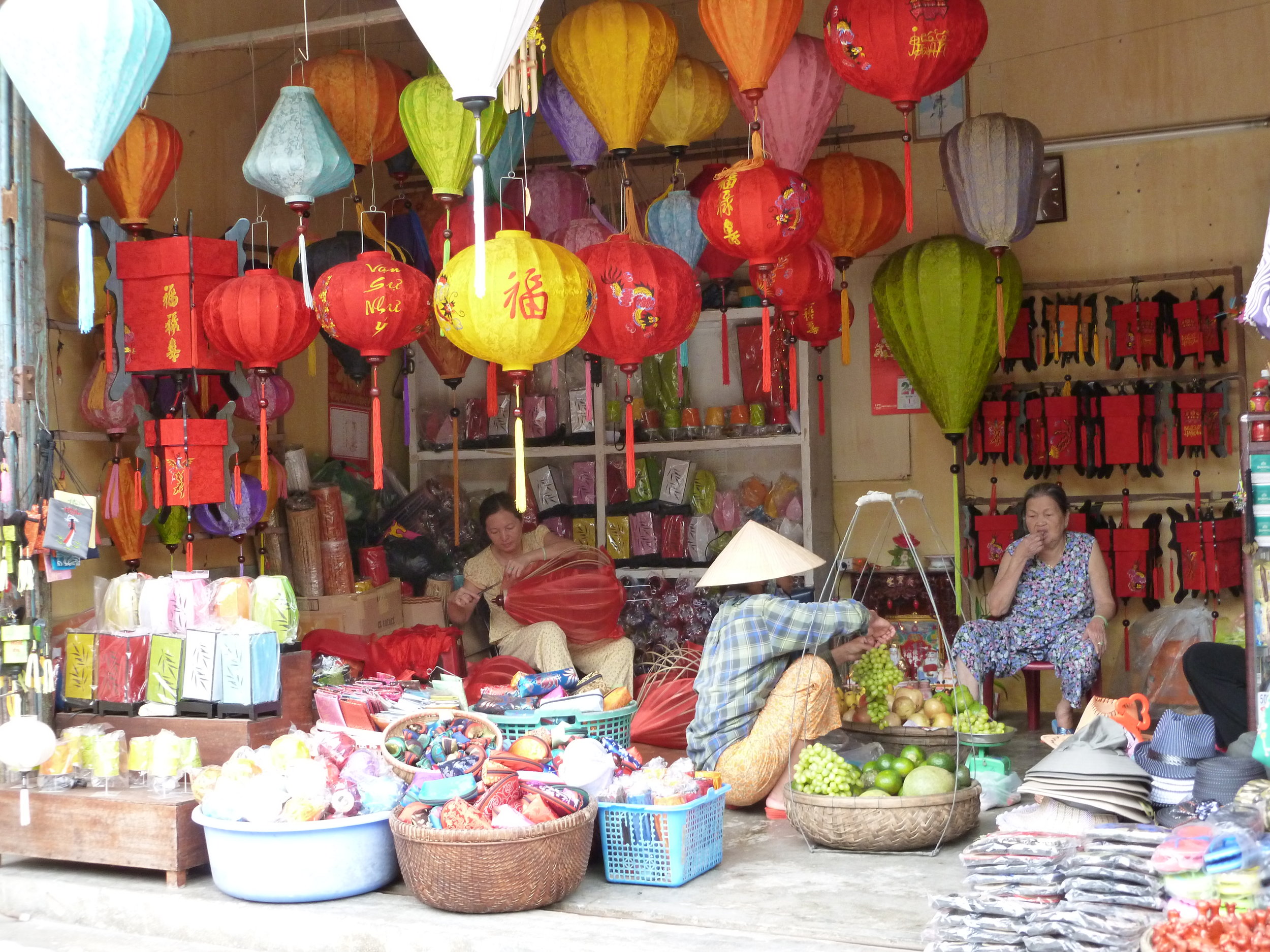
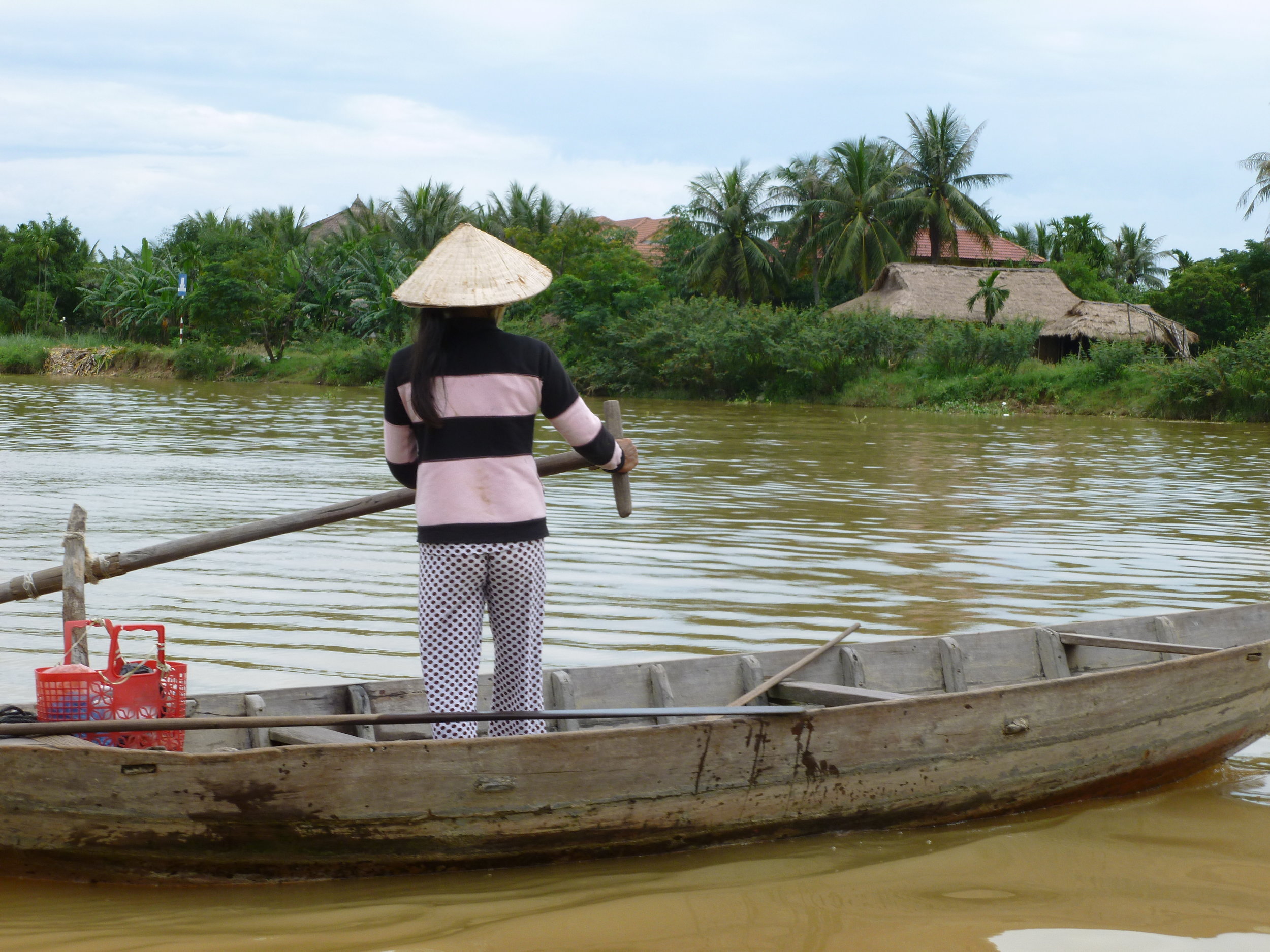

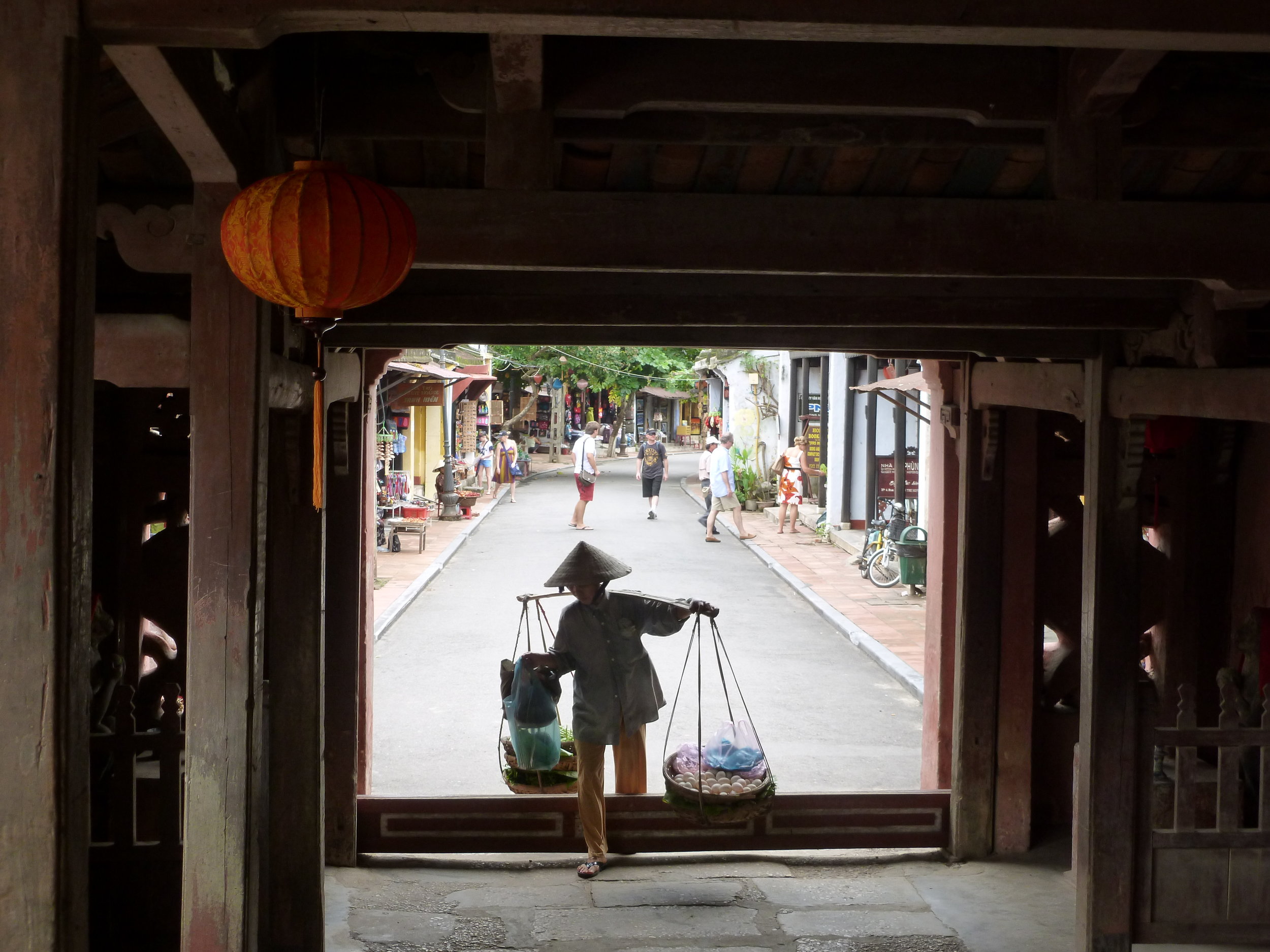
How to organize an incentive trip in the land of mystery?
The joy in our job as event planners is to showcase far-away lands as potential destinations for our clients’ desire to woo and impress their top-performing executives. So, when one of our clients asked us for our input in where they should take their group, we had to get to work. We first had to find out about the group’s appetite for adventure. Well, we knew that intuitively because we had worked with this client for many years organizing their incentive programs throughout the world. For many, Vietnam does not naturally come to mind when one thinks of an incentive destination—but it sure conjures up a land of mystery and intrigue. So, we proposed the destination at a meeting of the company’s senior management team. It was easy to detect the group’s profound intrigue with the destination. We got the green light to proceed. Now the hard work started.
Arrival
Our group of 50 guests along with their partners arrived at Tan Son Nhat International Airport in Ho Chi Minh City, Vietnam; and we managed to whisk them away to the Sapphire Hotel in the heart of Ho Chi Minh City (Saigon) for a well-deserved rest and recovery from their long-haul flight.
A Day in Saigon
Saigon is surely one of the most evocative places in the world and definitely an extraordinary one at that. The most Western in atmosphere of all Vietnam's cities, Ho Chi Minh City (to use its official name - although to residents and visitors alike it is universally and affectionately known as Saigon) has a population of 5 million, and a booming free-market economy. It is a city of amazing contrasts: elegant new international hotels, exclusive restaurants and trendy bars side-by-side with roadside noodle stalls, street children and vociferous cyclo drivers. Golf courses, bowling alleys and shopping malls vie for space with fruit and vegetable markets, pagodas and karaoke rooms.
Bustling, booming, crowded, noisy - all words that barely scratch the surface of the addictive and often mesmerizing chaos that is Saigon. And yet there are the elegant colonial French boulevards and buildings, the Cathedral, the riverfront, the quiet moments at a sidewalk cafe watching the world literally go by you at breakneck speed. Saigon, a city that is almost indescribable and completely unforgettable.
After a short city tour, our group was ready for their first taste of Vietnamese cuisine. Ngon means "delicious," and, for authentic Vietnamese, this restaurant lives up to its name and is voted as the best in Vietnam. Ngon has become a real Ho Chi Minh institution and is always packed with both locals and tourists; they've even built a new location nearby to handle the overflow. The atmosphere is chaotic: a cacophony of laughing, chattering guests, shouting waiters, and clanging pots and pans. Seating is a mix of regular table dining in the central colonial or in the balcony or courtyard out back. The main building is surrounded by cooking stations, each serving a regional specialty. The menu is a survey course in Vietnamese cooking, and the tuition is low.
After lunch, our guests got to discover the contrasts of bustling Ho Chi Minh City. Amongst the grand old buildings, they saw the colorful markets selling everything from chilies to French bread and, of course, an endless stream of bicycles, cyclo’s and motorbikes.
After lunch, we set off to visit the former Presidential Palace, now Reunification Hall, made famous when a North Vietnamese tank crashed through its front gates on April 30, 1975, signaling the end of the Vietnam War. It’s changed little since that time and is now retained as a museum. We saw the reception and dining rooms of the President’s quarters, and the basement—still full of ancient US-made telecommunications equipment and strategic military maps.
We then drove past the Notre Dame Cathedral, a Neo-classical structure dating back to the 19th century, with the beautiful Post Office building across the street. But we were headed to the frantic Central Market (Ben Thanh Market) where one can see the colorful stalls and stands of this central area of trade and commerce.
It was time for dinner. Where else but at Nam Phan Restaurant. This newest addition to the city’s dining scene is elegantly decorated offering some of the most exquisite Vietnamese dishes in all of Saigon. Khai, a local Vietnamese business entrepreneur who made his riches from designer silk clothes, has brought fine dining to traditional Vietnamese cuisine in the heart of the city. His designer flare is obvious once you enter the interior with its eclectic mix of traditional and antique furnishing and Vietnamese art decorating the walls.
Now, for a bit of adventure…
Next day, we headed to My Tho – Mekong Delta, 1½ hours away. Until the 16th Century, the Mekong Delta was an area of marshland and forest. Gradually marshland was reclaimed and a canal network built so that today people make a reasonable living from rice, fish, soybeans, maize, peanuts, tobacco, melons, etc. The My Tho area is famous for its coconut palms and fruit orchards (mangoes, bananas and citrus fruits).
The drive out of Ho Chi Minh City took us through miles of flat rice fields along highways; always busy with bicycles and people heading to or from the markets.
But the highlight of the group’s day trip was a fascinating boat trip on the Mekong River, where one can see all kinds of boats—from dug-out canoes to barges and houseboats to passenger ferries. Many of the wooden boats have an unusual "eye" painted on their bows.
Our boat trip took us to one of the islands in the Mekong Delta to see a traditional farmers' home and fruit orchards, where the group got to sample exotic tropical fruits. It was easy to see that the group was really enjoying themselves watching the beautiful scenery and peace and quiet of these waterways whilst floating in our sampan along the Mekong’s tributaries. This was a truly unforgettable experience!
The group was treated to a seafood lunch served at a local restaurant overlooking a tributary of the Mekong. The exotic specialty there being freshly-caught Elephant Ear Fish wrapped in rice paper.
Time to head back to Saigon.
It’s Day 4 already. No trip to Saigon is complete without a tour of Cu Chi Tunnel network. Those vaguely familiar with the Vietnam War know the significance of these tunnels in Vietnam’s ultimate victory.
As we left the city en route to Cu Chi Tunnel, it was hard for some members of the group to believe that we were entering what was once a war zone of immense strategic importance.
The Cu Chi area is famous for its 200-kilometer network of underground tunnels, which were used by the Viet Cong forces to fight against both the French and later the Americans. From the mid-1940s onwards, the Viet Cong managed to dig up to 12 meters down on hard soil, using only rudimentary tools. Most tunnels were only 60-70 centimeters wide and 1.5 meters high, with thick roofs capable of withstanding the weight of tanks or the impact of bombs weighing up to 100 kilograms.
The Viet Cong used them as a base from which they could launch strategic attacks on the Americans and then seemingly disappear. Unknowingly, the Americans even built a base camp on top of an existing tunnel network, suffering extensive casualties by the time they discovered their mistake.
The tunnel entrances are well hidden. Many rooms have been opened and ventilated so that one can more easily experience the underground meeting rooms, kitchen, hospital and sleeping areas. More adventurous tunnel explores can experience an unlit tunnel passage which has not been enlarged!
With all that experience behind us, the group was ready to continue their exploration of this fascinating land. Next morning, we were off to the airport for a private chartered flight to famed Da Nang. One of the most ancient cities in Vietnam, Da Nang was the center of the Cham Dynasty from the 2nd century and today boasts the largest and most impressive collection of Cham artifacts anywhere in the world. Da Nan’s rich cultural history, its proximity to the extraordinary ruins of My Son, its atmospheric riverfront promenade, it’s world-famous Cham Museum all continue to draw visitors. Unwelcome visitors have made their mark here too; Da Nang was the first landing-point for the invading French troops and again decades later for the US Marines.
After a themed BBQ dinner party under the starry skies of China Beach, the group was ready to enjoy a restful night at the famed luxury property Furama Resort.
Hustle and Bustle of Hoi An
Hoi An is an extraordinary jewel of a town. In a country so ravaged by war, Hoi An managed to remain untouched, and as we wandered the completely traffic-free streets of this ancient seaport, it was not hard to imagine oneself amidst the sailors and merchants of the 18th Century, when Hoi An was one of the busiest trading ports in Asia. Chinese, Japanese and European architecture bear witness to a cosmopolitan past and allows a glimpse of Vietnam that no longer exists elsewhere.
After a leisurely stroll through the cobble stone streets of Hoi An, the group was led to Brother’s Café, the town’s top choice for cuisine and atmosphere. A bland street-side façade gives way to the lush, garden sanctuary formed by this grand U-shape colonial by the river.
After a day of leisure at this world-renowned resort, it was once again time to head back to the airport—this time on our way to Hanoi, Vietnam’s Capital. Hanoi is described by almost all who visit the city as "an old-fashioned city". Old-fashioned in style, it is a city of lakes, parks, trees, villas, mansions and an area called the Old French Quarter where crumbling houses are crammed into narrow alleyways that are still named after the goods that were traded there - Silk Street, Gold Street, even Fried Fish Street! Old-fashioned in atmosphere, Hanoi has sidewalk cafes, sidewalk barbers, less traffic than Saigon, less frantic rushing about, less noise, simply less people.
Wide tree-lined bicycle-filled boulevards, elegant colonial French mansions, the grandeur and solemnity of Ho Chi Minh's monumental Mausoleum, the incongruous rustic simplicity of the house in which 'Uncle Ho' lived out his final years, the barely concealed misery of the Hoa Lo Prison, the 'Hanoi Hilton' where so many prisoners of war were incarcerated, the religious pride that constructed the beautiful temple of Literature compound - it's all here in Hanoi, a microcosm of the Vietnamese culture—and our group had a unique vantage point to experience it all.
After the overnight stay at the hotel, the group was transferred to Halong Bay.
Halong Bay, the UNESCO World Heritage site and one of the contestants in the 8th Wonder of the Natural World Competition, is a spectacular combination of calm seas and 3,000 limestone outcroppings. The 120-meter coastline that encompasses Halong is home to an immense diversity of ecosystems including corals, sandy beaches and many discovered and as of yet undiscovered stalagmite ridden caves that began formation a million years ago. The Bay is also home to a wide array of exotic fish and other sea creatures, rare birds and diverse plant life. Halong is considered one of the 'must do' destinations when in Vietnam; and we had to make sure our guests had a taste of this extraordinary place. For a truly authentic experience, we chartered a private boat for the group’s overnight stay in Halong Bay.
The group woke up to an optional Tai Chi lessons on the boat while enjoying the sunrise on the bay.
Back on land, it was time for the group to immerse itself in Hanoi life. No city in Vietnam reflects the rich culture and turbulent past of the country better than Hanoi. The "Old Quarter" home to Chinese and Vietnamese shops; and the ancient Temple of Literature - the first University in Vietnam are a tribute to the distant past--while the solemn grandeur of the Ho Chi Minh Mausoleum is a tribute to the man who freed the Vietnamese people from the French and lays on the Northern part of the city next to the former Indochina Governor’s Mansion and the current Prime Minister’s house.
We started our orientation tour of the city at the Ho Chi Minh Mausoleum in Ba Dinh Square, the scene of so much of Vietnam’s history, and no visit to Vietnam would be complete without at least a glimpse of this historical monument. The tomb itself is monumental, built of marble, granite and precious wood. Behind the Mausoleum, the group saw Ho Chi Minh’s humble House and the One Pillar Pagoda.
For the group’s true authentic enjoyment, we had planned personal cyclo for each participant that took them through the old part of the city, often referred to as 36 Streets. These fascinating streets, which still bear the names of the shops and the merchandise that could be found in them in the 15th to 18th Centuries. Nowadays, shops are more spread out but one can still see Grilled Fish Street, Jewelers Street, Jute Street, etc.
Time flies. It was time for the group’s farewell dinner. Where else but at the Hanoi History Museum for a cultural experience of a lifetime. Buried among rich tropical vegetation lies one of Hanoi’s architectural gems, the distinctly blended influences of both the French and the Vietnamese--at the Hanoi History Museum. Founded in the 1930s as l’Ecole Francaise d’Extreme Orient, the museum depicts Vietnam’s ancient history from 1400 through to 1945 and its tumultuous path to independence.
On arrival, a lion dance greeted the group as they walked through the tree-laden walkways through to the gardens and courtyard of the museum. Bamboo torches and backlighting against the building enhanced the atmosphere of the evening, with cocktail table settings reflecting Hanoi’s ancient past. 12 soldiers in traditional dress lined the entrance holding festival flags to greet the group as they walked to the pre-dinner area with festival flags hung up around dining area and bamboo torches lining the courtyard and gardens and walkways and the building were majestically lined with candles, lanterns and backlights.
What a way to end a trip of a lifetime for some of the best performing executives; and the Maxxus Group was proud to have been the organizer of this amazing program.

